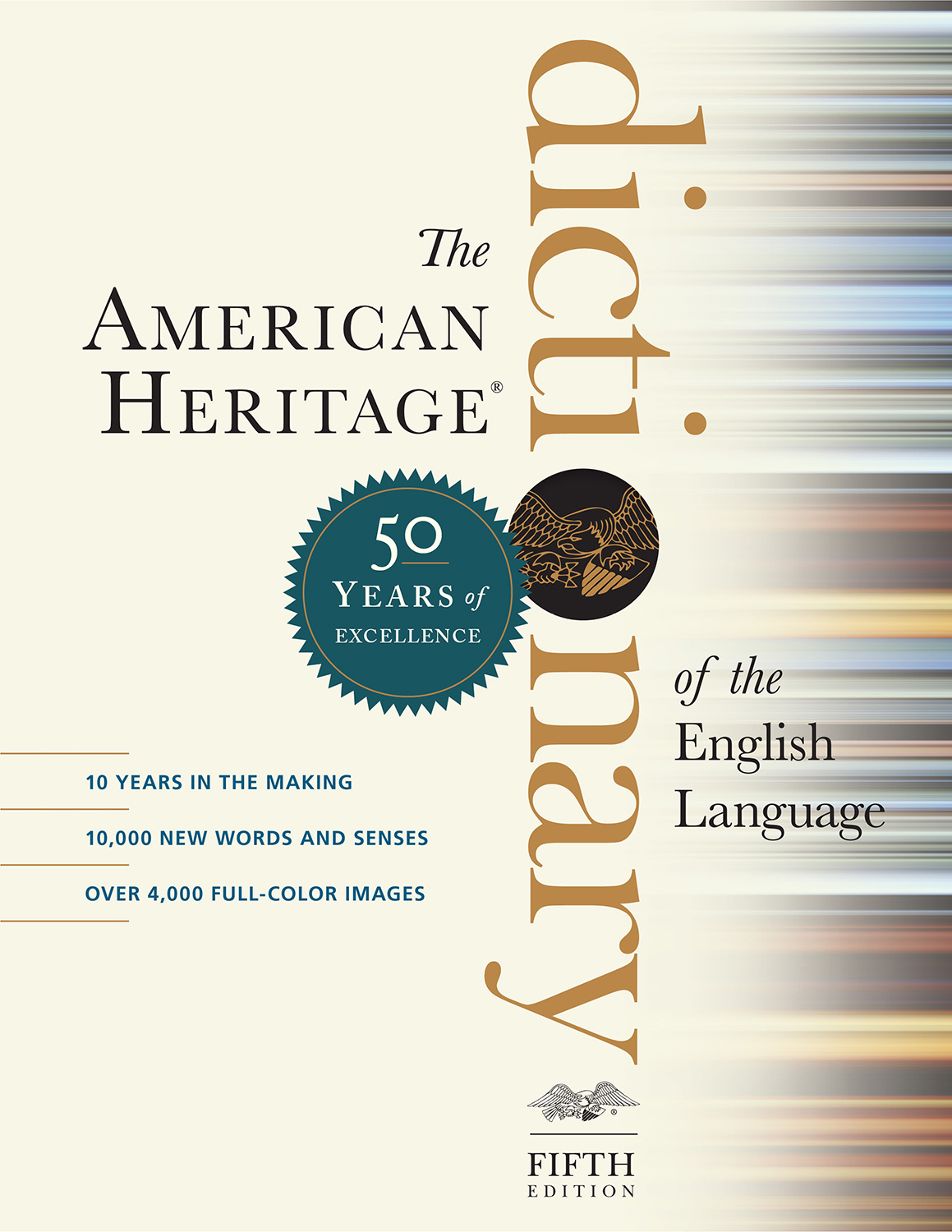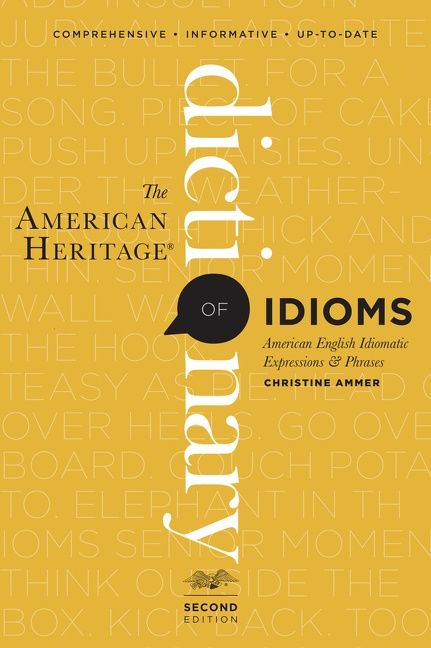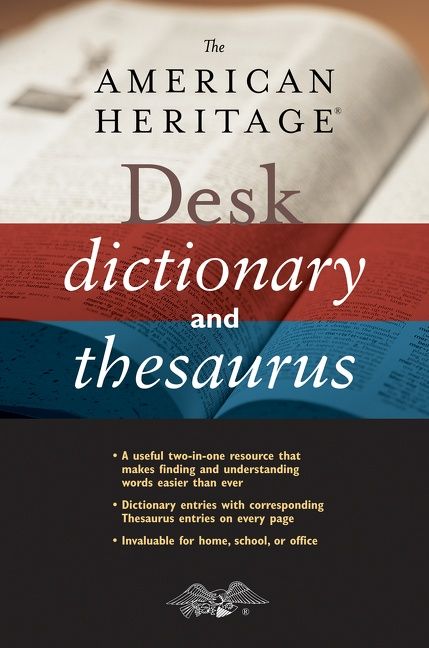cap·i·tal 1  (k ăp ĭ-tl)
Share:
n.1. a. A town or city that is the official seat of government in a political entity, such as a state or nation. b. A city that is the center of a specific activity or industry: the financial capital of the world. 2. a. Wealth, especially in the form of financial or physical assets, used in the production or accumulation of more wealth. b. Accumulated assets or advantages used for economic or political gain: "The president lacks the political capital to override their objections" (The Economist). 3. a. The money invested in a corporation, including debt and equity. b. Net worth. c. Capital stock. 4. Capitalists considered as a group or class. 5. A capital letter. adj.1. First and foremost; principal: a decision of capital importance. 2. First-rate; excellent: a capital idea. 3. Relating to or being a seat of government. 4. Extremely serious: a capital blunder. 5. Involving death or calling for the death penalty: a capital offense. 6. Of or relating to financial assets, especially being or related to those financial assets that add to the net worth of a business: made capital improvements at the plant site. 7. Relating to or being a capital letter.
[From Middle English, principal, from Old French, from Latin capitālis, from caput, head, money laid out; see kaput- in the Appendix of Indo-European roots. Noun, sense 5, and adjective, sense 7, from the medieval use of uncials in headings of pages and passages .]
Usage Note: The term for a town or city that serves as a seat of government is spelled capital. The term for the building in which a legislative assembly meets is spelled capitol. | 








